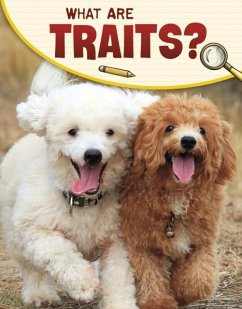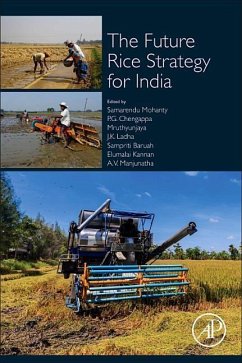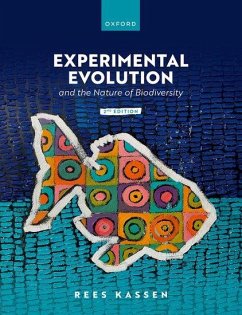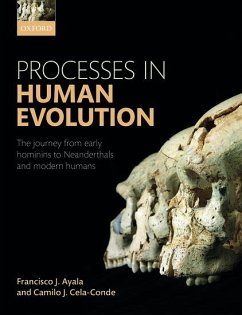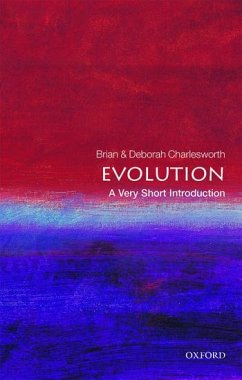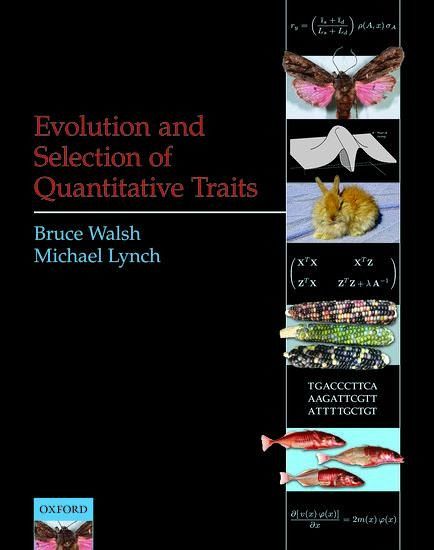
Evolution and Selection of Quantitative Traits
Versandkostenfrei!
Versandfertig in über 4 Wochen
189,99 €
inkl. MwSt.

PAYBACK Punkte
95 °P sammeln!
This is the second volume in a planned trilogy that summarises the modern field of quantitative genetics, informed by empirical observations from wide-ranging fields (agriculture, evolution, ecology, and human biology) as well as population genetics, statistical theory, mathematical modeling, genetics, and genomics.





